You might be thinking, why do I need an Anaphylaxis Action Plan? I know what to do… I used to think that too, until I had a few anaphylactic reactions and really didn’t do things in the right order. I panicked and also sometimes I was very quickly too ill to act. Having an Action Plan helps you, your family, your child and your friends and any caregivers or emergency attenders see quickly what the allergies are, what the persons symptoms usually are and what medication is available.
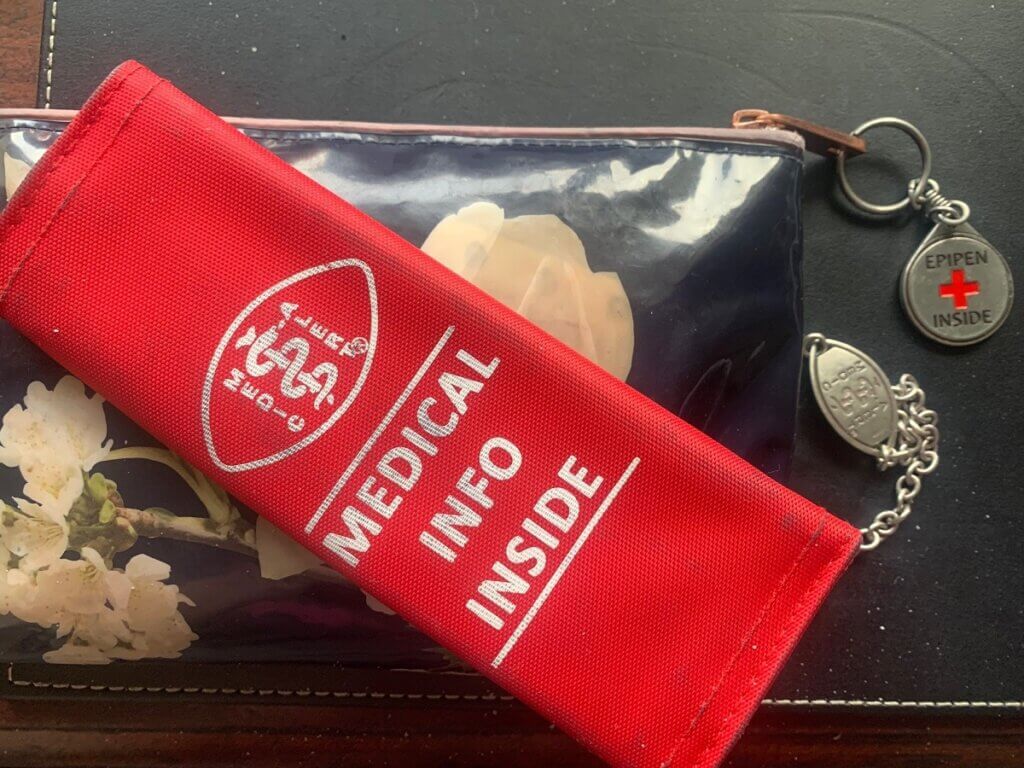
It’s your voice when you can’t speak.
It’s the step by step actions you need to take when your brain is in overdrive and you’re panicking. Below is an example of the information it should contain:
ANAPHYLAXIS ACTION PLAN
If you or your child have severe life threatening allergies and carry an adrenalin injector with you then you should also have an Anaphylaxis Action Plan written.
Name:
Age:
Address:
Phone:
I am allergic to: Nuts, Dairy, Soya and Wheat (insert your allergens here)
Am I having an Anaphylactic attack?
Possible allergy symptoms include:
- generalised flushing of the skin
- nettle rash (hives) anywhere on the body
- sense of impending doom
- swelling of throat and mouth
- difficulty in swallowing or speaking
- runny nose and watering eyes
- alterations in heart rate
- severe asthma
- abdominal pain, nausea and vomiting
- sudden feeling of weakness (drop in blood pressure)
- collapse and unconsciousness
Nobody would necessarily experience all of these symptoms.
Courtesy of the Anaphylaxis Campaign – www.anaphylaxis.org.uk
IF YOU THINK I AM HAVING AN ANAPHYLACTIC ATTACK:
- Call 999 – Clearly giving instructions of location and easy access. Alert telephone operative that the patient may need resuscitation and is suffering an anaphylactic attack. Ensure doors unlocked to allow access. If sufficient people there send someone to stand in street to direct ambulance. DO NOT LEAVE THE PATIENT ALONE.
- ADMINISTER EPIPEN ADRENALINE INTO THE OUTER SIDE OF THE THIGH, MIDWAY BETWEEN KNEE AND HIP. HOLD IN PLACE FOR 10 SECONDS THEN MASSAGE THE AREA FOR A FURTHER 10 SECONDS. (Locate the EpiPen, describe it and where it is kept.) If the patient is unable to administer the EpiPen themselves please take over and administer IMMEDIATELY. There is no need to remove any clothing. If second injection required – inject the other thigh.
If there is more than one person looking after the patient, perform numbers 1 and 2 at the same time.
- Take 2-3 Anti-histamines or liquid Piriton
- Call emergency contacts: INCLUDE EMERGENCY NEXT OF KIN DETAILS HERE
- Call Medic Alert or SOS: IF THE PATIENT HAS A MEDIC ALERT NECKLACE OR SIMILAR – INCLUDE DETAILS HERE.
- Don’t leave patient alone – If you are there when the attack takes place, try to keep calm and ensure the patient stays sitting still in a chair. Do not allow them to lie down or to walk around and panic.
- Immediately request replacement Adrenaline Auto Injectors.
- Other useful numbers: Patients Doctor, Place of work, Home address and phone number, Patients own personal details.
So, have you got an Action Plan? If you’re worried about writing one ask your GP, Allergy specialist of dietician to help.
Visit my Free Resources page to download your free Action Plan today.
More Action Plan resources
There are also some other resources that you may find useful.
- The British Society for Allergy and Clinical Immunology (BSACI) provide Action Plans for Epipen and Jext tailored for children – Check out Paediatric Allergy Action Plans here.
- The Australian Society for Clinical Immunology and Allergy (ASCIA) provides an Action Plan for Anaphylaxis.
- If you live in Canada, you can download Anaphylaxis Emergency Plan.
- The Food Allergy Research and Education (FARE) in America also provides their Food Allergy and Anaphylaxis Emergency Care Plan.
Do make the most of these free resources and make sure you create a personalised Action Plan for your child or yourself and carry it with your medication.
Make sure also that everyone knows where it is, share it with your family and friends and practise it regularly.
Anaphylaxis – The Essential Guide
An Action Plan For Living With Life-Threatening Allergies
Anaphylaxis has the potential to hijack your everyday life but it is possible to create a positive path forward.
Anaphylaxis can be terrifying. It can make people severely ill and in rare cases it can be fatal. Symptoms can include difficulty breathing and swallowing, rashes, vomiting, collapse and loss of consciousness. Every person’s allergic reaction is different and the symptoms can also be different depending on which allergen they come into contact with. They might only suffer a mild reaction at first, but the reactions may become severe over time.
I am severely allergic to nuts, dairy and other foods, has a lifetime of experience of anaphylaxis. Through research and first-hand experience I have compiled a self-help guide for people living with the condition, their family and their friends.
In Anaphylaxis: The Essential Guide, you will discover information, help and support to face this frightening condition with confidence. Ruth shows you how to:
- Get a diagnosis swiftly and how to come to terms with it
- Recognise the other factors that can affect the severity of a reaction, including exercise and medication
- Put together an Anaphylaxis Action Plan with day-to-day tips and strategies for staying safe at home and at work, eating out, holidays and dating
- Assess possible treatments, therapies and resources
- Cope with the psychological impact of living with anaphylaxis and severe allergies
- Take action when you’re feeling depressed or anxious, or experiencing panic attacks
- Create a positive and resilient mindset, and reframe the condition to feel less excluded and more in control
Click here for more information about Anaphylaxis – The Essential Guide
Or click on the button to buy it today on Amazon!
Further reading:
You may find the following blogs interesting…
- Top 10 Tips for getting over an allergic reaction
- Is depression a kind of allergic reaction?
- Keeping a Food, Mood and Symptoms Diary
- Top 10 allergy books for adults and kids
- The day I used my EpiPen for the first time
I would love to hear your comments. Do you carry an Action Plan? I do and I’m an adult. I really think it helps.
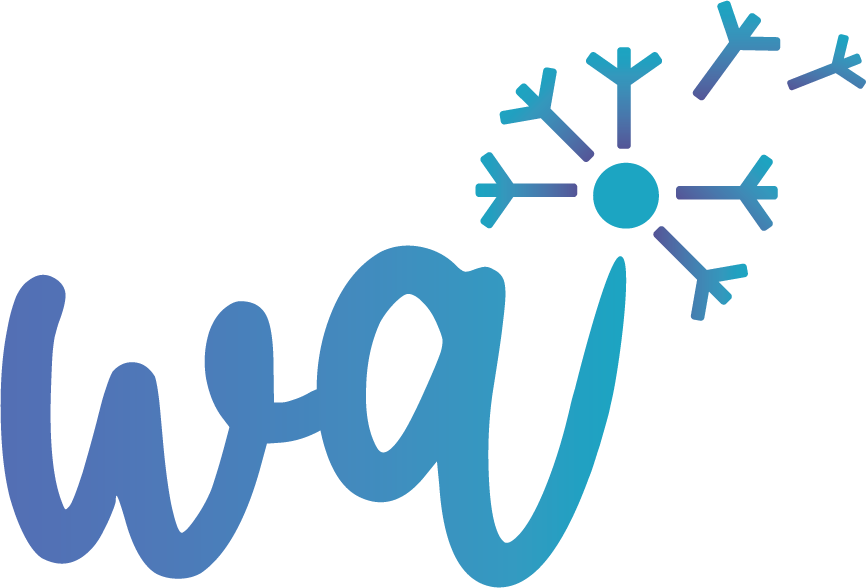





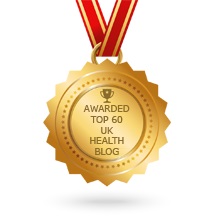


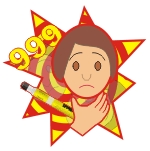
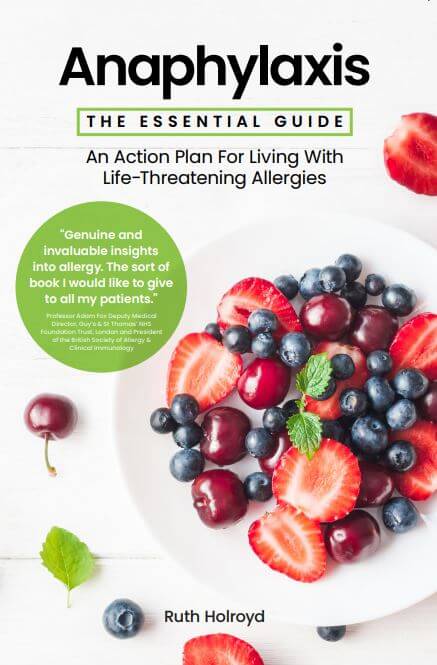



Hi Ruth,
Thanks for highlighting the importance of Anaphylaxis Action plans on your blog. The Anaphylaxis Campaign believes that everyone who is at risk of anaphylaxis should have a plan in place to guide their recognition of a severe reaction and their treatment. This is a high stress situation and the action plan can help keep the focus on what needs to be done. There have been several papers written now demonstrating that patients who have action plans have fewer reactions and when they do occur thay are likely to be less severe.
It’s also important to have regular practice runs including practice using an adrenaline injector. Lots more guidance on this can be found on the Anaphylaxis Campaign website and the Allergywise online training programmes. There are 3 of these training programmes now, one for families carers and individuals, one for School Nurses and others who are responsible for training carers in schools and early years settings and another for GPs and Practice Nurses.
Thanks Sue, brilliant advice. I’m often amazed that people don’t have one, but to be fair I only really wrote mine after having a massive panic during a severe attack, and despite knowing exactly what to do the fear completely took over, I was on my own, and I did everything wrong. It all worked out on the end, I did use my EpiPen and called 999 but having this plan has really helped me with future incidents, I have acted faster, remained calmer and been able to share this with my friends and family, who feel much safer knowing that they also have something to refer to should the need arise. i practise with expired ones into an old orange, very good advice to remind yourself what to do, especially with new pens, e.g. Jext being issued without training.